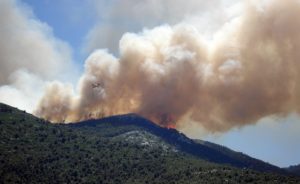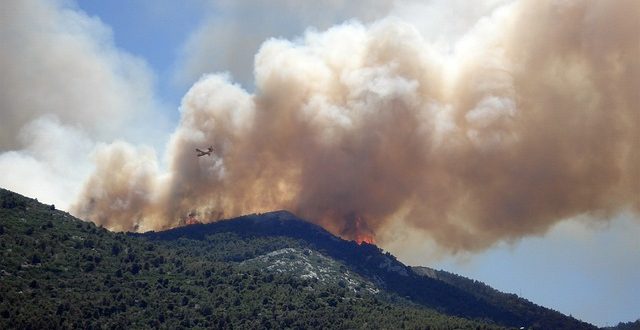Understanding Wildfire Components
Part of fire ecology is understanding fire and its interactions and uses within the ecosystem. All fires will have a severity level, which is the term used for ecologists to understand the impact one fire will have on the specific 
How do ecologists define the severity? There are a number of factors involved, but one of those ways is through the plant mortality rate. It’s important to understand the three burning levels.
Ground Fires: These are the fires that will go through the rich soil.
Surface Fires: These fires will burn through the dead plant material on the ground.
Crown Fires: These fires burn at the tops of the trees and shrubs.
In the majority of cases, ecosystems experience a mixture of all three types of fires.
The Timing of Wildfires
Most fires will break out when the air and weather is dry. It’s often in the height of summer, when there hasn’t been much rain to help manage the moisture on the ground below the trees and plants.
Lightning is one of the biggest reasons for fires to start.
However, the frequency will depend on the area. Some locations can suffer from more wildfires than others, and you’ll often hear about some of them on the news. The frequency is defined by the average interval that happens between the fires in one particular area. It can also be determined by the average interval between fires that happen in a similar area to the specified one.
The Energy of a Fire
Fire ecologists will also need to define the energy of the fire. This is defined by the energy released per unit length of a fireline.
There are four ways to estimate the wildfire intensity:
• Through the product of the linear spread rate
• Through the product of the low heat of combustion
• Through the product of the combusted fuel mass per unit area
• Through the flame length
Fires are an important part of the ecosystem and they need to be studied in depth to understand their uses, their needs, and to ensure safety.
